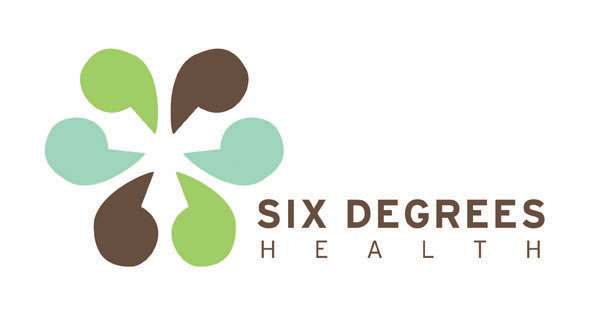Lindsay Shane, Certified Rolfer®
Contact
416.579.0429
[email protected]
Services
Rolfing® Structural IntegrationTimes Available
By appointment on Wednesday 8am-3pm; Please inquire about other possible times on weekdays, evenings and weekends.Fees
$120/1.5hrThere are a limited number of sliding-scale spaces set aside.
Health Plan Coverage
Rolfing is covered by some insurance benefit plans. Please consult with your insurance company.Rolfing® Structural Integration (SI) is a form of therapeutic bodywork that aims to reac-tivate coordination and reorganize posture to enhance your potential for comfort and ease in movement. There are two major ways to invite this kind of functional and structural change. One that works from the outside in and focuses on loosening tight tissues and bringing more movement to joints. The other approaches postural change from the inside out. It is concerned with awakening your ability to notice the 3-dimensionality of your body, to settle into the support offered from within your body (e.g., from your breath or the lengthening of your spine), to perceive sensations happening inside your body, and to locate yourself in relation to the shape of the space around you. With a clearer sense of orientation, your will be better equipped to freely respond, adapt and develop more robust resilience to life’s everchanging demands. In addition, receiving reorienting information is often enough to boost a physical sense of inner stability and well-being and help your body consider new options so it can shape and pattern itself in whatever form is most ad-vantageous. Indeed, it is this attention to the body’s inherent orienting and stabilizing systems, and their relationship to the force of gravity, that makes Rolfing SI unique among other kinds of manual therapy.
Rolfing can be useful in displacing habitual and dysfunctional patterns caused by: misuse from sitting, standing, walking, lifting or any of the other kinds of movements we do in daily life; chronic tissue tension and emotional stress; cultural standards and body image overlays; fixed ideas; sudden, accumulated, unre-solved or incorrectly healed injury; and physical and emotional trauma that lead to physical discomfort, pain and tension. It is also useful for injury prevention and rehabilitation, enhancing athletic performance, alleviating back pain, breaking up scar tissue formed from injury or surgery and relieving shoulder, neck and hip pain from long hours at a computer. At the end of a Rolfing session, or series of sessions, you may discern a feeling of openness where there was once a holding of tension. You may notice that you walk with less effort or find your joints move with greater ease and less stiffness. You may experience a sensa-tion of being taller or sense your feet more firmly settled into the ground. You may discover back pain or muscle and joint discomforts in the neck, shoulder, hips, knees or feet are soothed, if not absent.
As a Rolfing practitioner I meet each client with a simple, open, and attentive presence. I listen with all of my senses to both the verbal and non-verbal communication that you share. I aim to understand the sensations, thoughts and emotions that form the context of your daily life. I observe the unique ways you negotiate between holding still and mov-ing. I make inquiries when I need clarification. At base, I am here to assist you where possible, and to offer care that blends with your therapeutic goals and intentions. I am here to assist you towards feeling your body as trustworthy, supportive and strong. I am here to help you move into a clearer relationship with your body’s natural healing ability. This is the approach that makes sense to my hands and heart.
I have a Bachelor of Physical Education and Health (B.PHE) and a Master’s in Exercise Science (Msc.). I am a Certified Rolfer®, receiving my training from The Rolf Institute® of Structural Integration in Boulder, Colorado. My experiences as an academic, a manual labourer (9 seasons as a treeplanter; 3 seasons as a Initial Attack Forest Firefigher; and year and a half as a bike messenger in Toronto) and a primarily contact sport athlete, heavily inform my understanding of pain, injury and the healing process. Currently, I am deeply involved in the practice of a traditionally taught, Aikido-based form of mixed martial arts.
